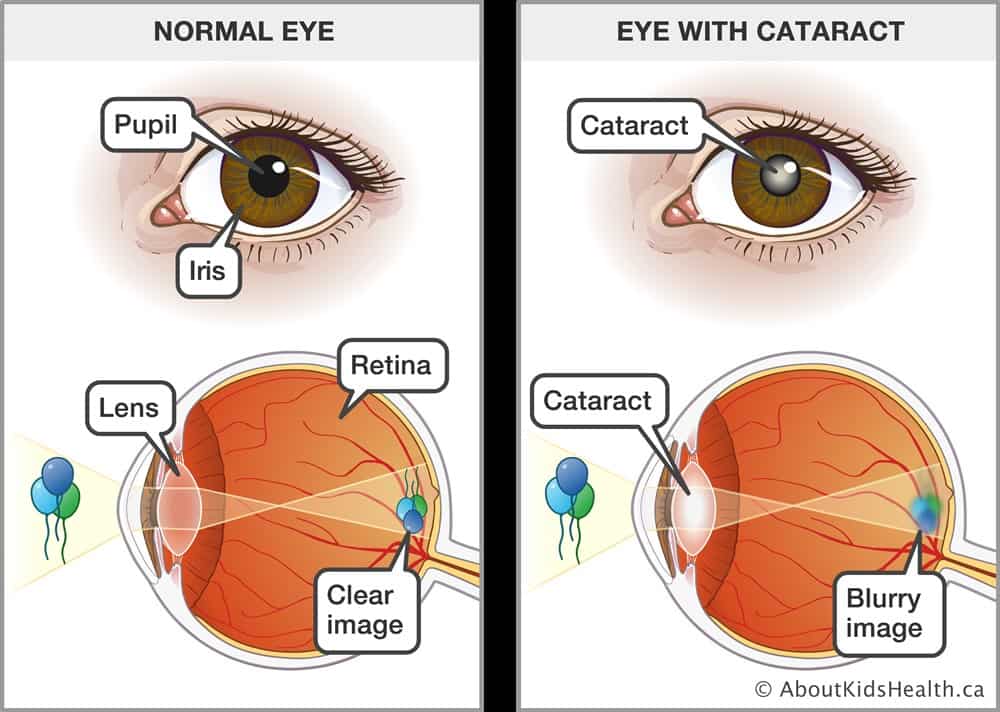
Consuming healthy foods and taking certain supplements decreases the likelihood of developing several common eye conditions. This includes age-related macular degeneration (AMD), the leading cause of blindness in those 60 and up. The eye care specialists at Berk’s Eye Physicians and Surgeons Ltd. of Reading, PA explain the benefits of good nutrition for eye health.
Eye Healthy Diet
The American Optometric Association recommends adding particular dietary nutrients to preserve vision and protect against certain eye diseases. For overall health, Americans are urged to eat at least five fruits and vegetables daily. Along with regular exercise, a healthy diet may reduce the incidence of cardiovascular disease. High blood pressure and other cardiac-related ailments may prove harmful to eye health. Taking good care of yourself requires a holistic approach.
Fruits and vegetables that may boost eye health include:
- Citrus fruits
- Leafy greens
- Nuts
- Sweet potatoes
- Tomatoes
Omega-3 fatty acids are another essential element for eye health. These fatty acids aid retinal function and assist visual development. They can help prevent dry eye and lessen the odds of AMD development. Sources of omega-3 fatty acids include:
- Fish
- Flaxseed
- Leafy greens
Vitamin and Mineral Supplements
Obtaining nutrients through foods is the best route for eye health, but taking the right vitamins and supplements also plays a role. Vitamins and minerals critical for eye health include:
- Vitamin C
- Vitamin D
- Vitamin E
- Lutein
- Zeaxanthin
- Zinc
Most of these vitamins are antioxidants. Antioxidants battle the free radicals that break down healthy tissue, including eye tissue. Antioxidants may help in cataract prevention. Vitamin C intake is especially valuable in cataract reduction, as are lutein and zeaxanthin.
In addition to supplements designed specifically for eye health, you may want to take fish or flaxseed oil capsules for the omega-3 fatty acids. That is probably the most effective way to ensure you are receiving an adequate amount of omega-3 fatty acids if you do not like to eat fish.
AREDS Study
The National Eye Institute sponsored the Age-Related Eye Disease Study (AREDS). This major clinical study involved 3,640 people between the ages of 55 and 80. The results showed that taking a vitamin or mineral supplement reduced the progression of AMD by roughly 25 percent. Some of the subjects reduced their visual acuity loss by 19 percent.
Follow-up studies indicate that those with a high dietary intake of lutein and zeaxanthin may reduce the risk of geographic atrophy, the advanced form of AMD.
Contact Us
If you would like more information about the role nutrition plays in eye health, contact the eye care specialists at Berks Eye in Reading, PA to schedule a consultation. We can advise you on the best eye care vitamin and mineral supplements for your individual needs.
 1802 Paper Mill Road, Wyomissing, PA 19610
1802 Paper Mill Road, Wyomissing, PA 19610










